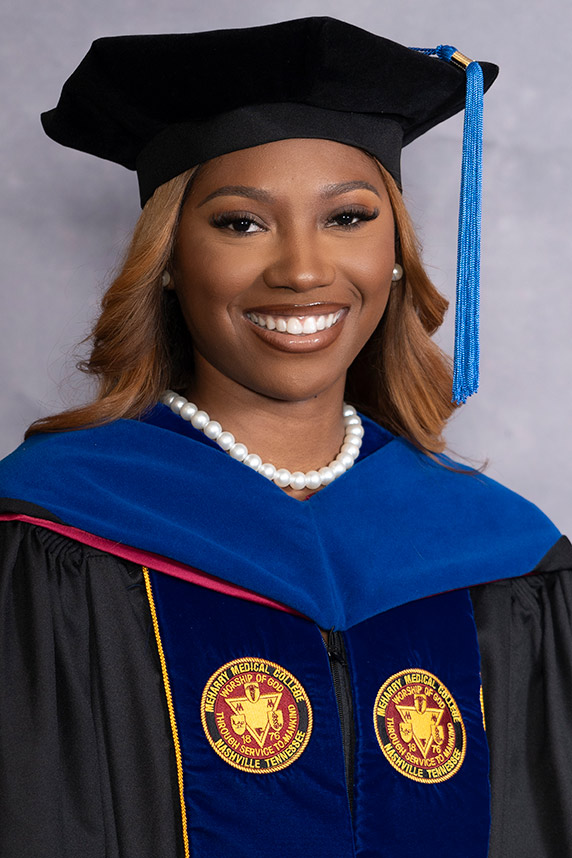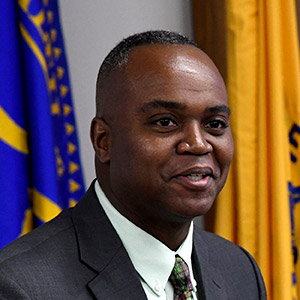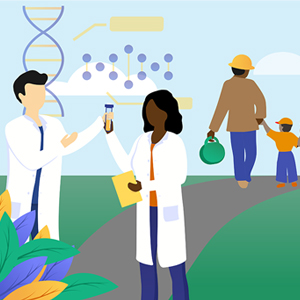Nearly 60 students and faculty from historically Black colleges and universities (HBCUs) gathered April 19 for the second, yet first in-person, HBCU-Connect Day. The Office of Science Education & Diversity (OSED) hosted the event to connect with undergraduate students regarding research and training opportunities, and to share funding and partnership information with faculty.
“These students are top notch and are being pursued by other research organizations, universities, and industry,” said Ericka Reid, Ph.D., who directs OSED. “We want freshmen and sophomores to know what we do, and who we are, so that when they are thinking about internships, they think of us.”
The half-day experience — complete with presentations, campus tours, a career panel, and a research symposium — is part of the larger HBCU-Connect Initiative launched by NIEHS in 2022. The initiative is an example of the institute’s efforts to enhance environmental health sciences (EHS) education at all levels, support individuals interested in EHS careers, and address issues of diversity and underrepresentation to strengthen the science, technology, engineering, and mathematics (STEM) workforce.
“Diversity has to be a lived reality that enriches the fabric of our scientific pursuits,” said NIEHS Director Rick Woychik, Ph.D., during his opening remarks. “Here at NIEHS, we are committed to nurturing a vibrant scientific community that welcomes individuals from all walks of life. We hope to foster a diverse group of scientists prepared to tackle the complexities of our world.”
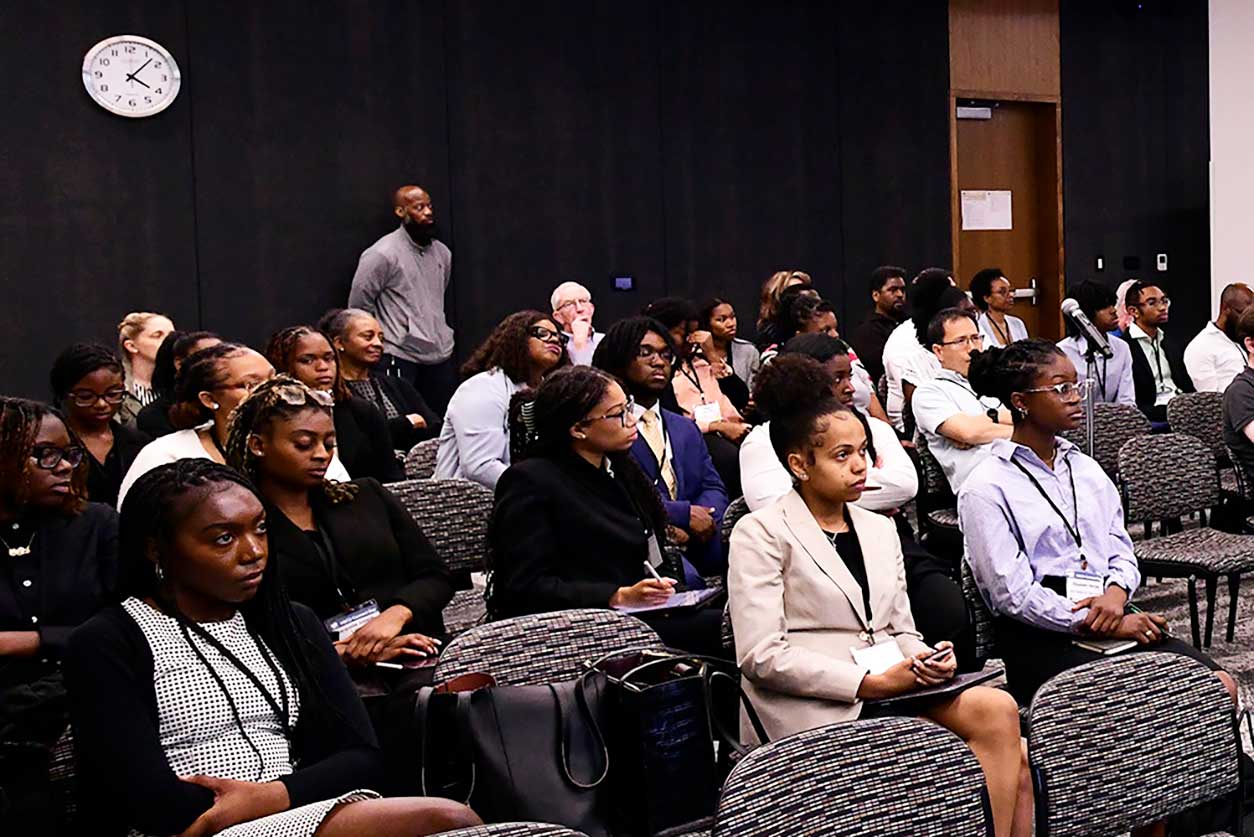
Giving back
An NIEHS working group, which included many HBCU alums and months of preparation, helped to make the event a success. Students and faculty from seven HBCUs in North Carolina were invited to attend, with the highest turnout from North Carolina Agricultural and Technical (N.C. A&T) State University.

“Seeing the students' faces light up as they learned about our research and the opportunities for training with us was truly inspiring,” said Carlos (Charly) Guardia, Ph.D., a Stadtman Investigator who leads the Placental Cell Biology Group. He presented an overview of the National Institutes of Health (NIH) and NIEHS to students and faculty as part of HBCU-Connect Day.
“We are showing them that there's a place for everyone in the world of science,” Guardia said. He added that working together with HBCUs opens new avenues for partnerships, mentorship, training, and collaborations that can lead to groundbreaking research in areas that applies directly to overlooked sectors of society.
As a second-generation alum of N.C. A&T’s College of Agriculture and Environmental Sciences, Veronica Godfrey Robinson said she was excited for NIEHS to increase collaborations with HBCUs.
“It was vital for me to serve as a tour guide so I could interact with the students, expose them to the possibilities of working at NIEHS, and hopefully be a positive example,” Godfrey Robinson said.
A day in the life
A career panel led by Dondrae Coble, D.V.M., chief of the Comparative Medicine Branch, featured individuals representing many different stages of research training and expertise. Panel members included a current NIEHS Scholars Connect Program participant, recent college graduates (postbaccalaureate scholars), postdoctoral fellows, a Meharry Medical College student (see sidebar), and scientists who lead research groups at NIEHS.
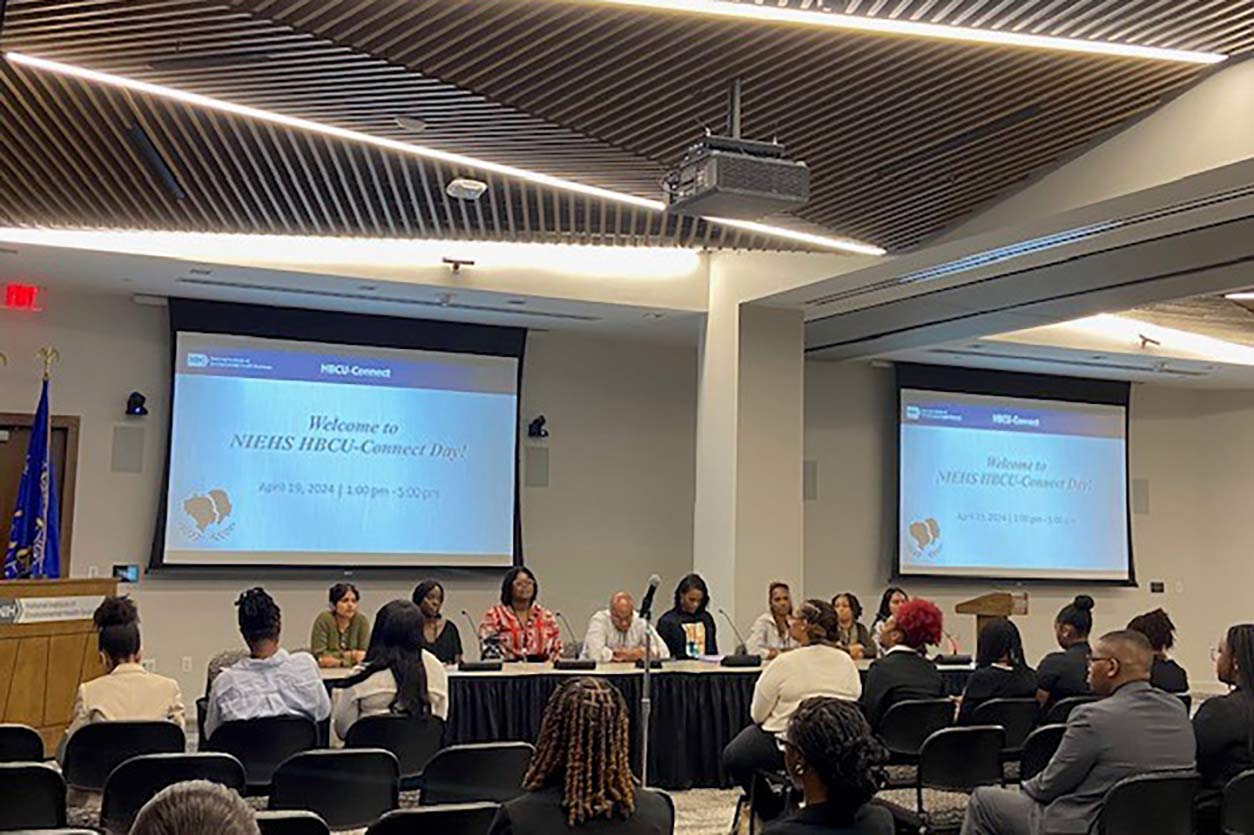
Attendees questioned the panel on a variety of topics to learn more about panelists’ day-to-day responsibilities, work-life balance, and future career opportunities. Coble explained that the advice he gives to students is to remain open to changing career interests and paths.
“Be open-minded to opportunities and don’t silo yourself too early in your educational journey,” Coble said. “A career path is not always a straight line. There may be some curves in the road, so be open and aware of those and receive them and continue to move forward.”
With so many options available to students, Reid, who is an educational psychologist by training, also offered some guidance.
“If you have an interest in biomedical research, environmental health science, medical school, or are not yet sure what your interest is, this is where you need to be,” Reid said. “This is the NIH — the experience, the exposure, what you will learn about research cannot be beat.”
(Caroline Stetler is Editor-in-Chief of the Environmental Factor, produced monthly by the NIEHS Office of Communications and Public Liaison.)





